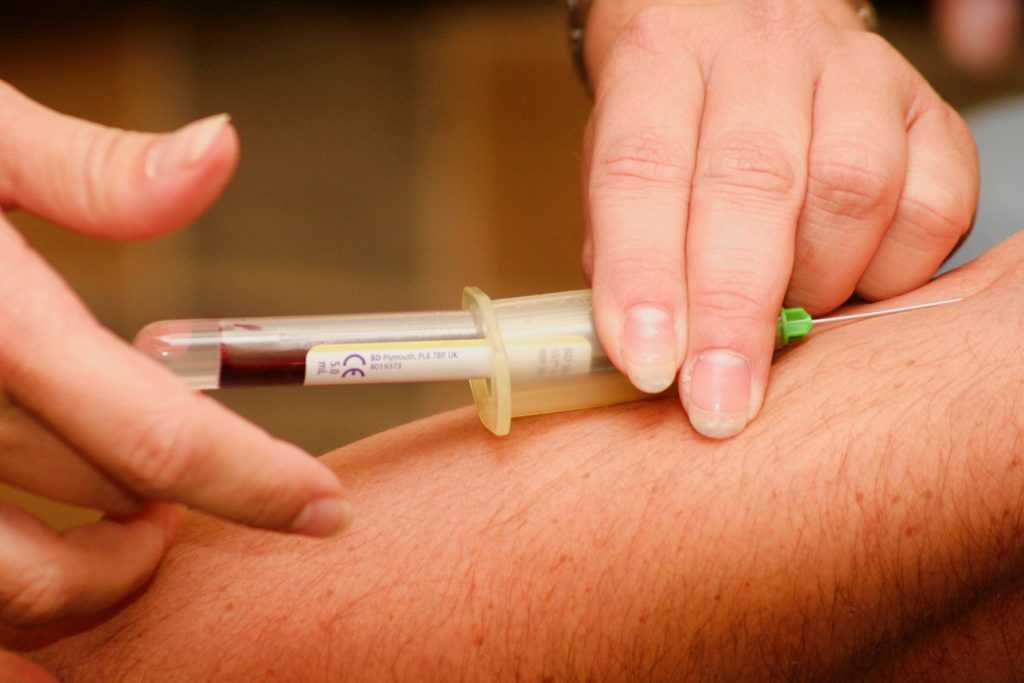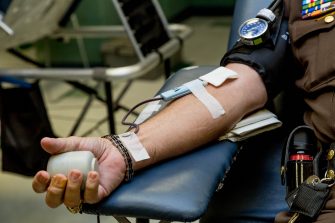Our Health Mission
At HemoGAD we are committed to providing information about Genetic Hemochromotosis (GH) – also referred to as Hereditary Hemochromatosis (HH) – and researching ways to improve your health outcome as a Hemochromatosis sufferer. This is the most common genetic disorder in Northern Europe and, possibly, the Western world.

Hemochromatosis is a long-term hereditary genetic condition characterised by iron overload which, if untreated, causes irreversible organ damage and results in chronic conditions including cirrhosis, type 2 diabetes, heart arrhythmia and arthritis. HH has also been linked to Alzheimer’s (Florey Institute in Melbourne and the CSIRO), due to elevated levels of iron in the brain. Diagnosis often comes after a patient has developed one, or more, of these conditions, by which time a negative impact on quality of life has already occurred. The delay is due to clinical diagnosis requiring a full blood count confirmed by genetic screening but this is expensive and time- consuming for an overstretched and under-funded NHS.

The Implications
HH (iron overload) is the most common genetic disorder among white people: it is particularly common amongst those of northern European ancestry. HH remains under-diagnosed, however, because of its non- specific symptoms and a lack of awareness of its prevalence, yet it is one of the few genetic disorders for which simple, effective therapy exists. If phlebotomy (drawing of blood) is begun prior to the development of diabetes, cirrhosis, etc., a normal life expectancy is predicted.
Late diagnosis and delayed treatment management, can negatively impact on a patient’s quality of life. Uncontrolled Serum Ferritin (SF) levels cause stress, regularly reaching double healthy limits before diagnosis and the instigation of treatment. (Healthy level is c. SF-50-150ng/ml).
Treatment
HH patients need to have their iron levels checked on a regular basis. In most cases, the primary care path is therapeutic venesection / phlebotomy (having blood taken), the frequency of these sessions being dependent upon the measured iron levels of the patient. This process causes stored (excess) iron in the body to be used to ‘produce’ new red blood cells to replace the blood that has been taken.
Once in ‘maintenance’, patients can schedule blood donation at a blood bank, which reduces the load on the NHS and helps to improves blood stores. They still need to have their iron levels regularly monitored, however.

Symptoms of HH
Symptoms can include the following:
- Arthritis: may affect any joint but particularly common in the knuckle and first joint of the first two fingers. If arthritis is found only in the first two finger joints this is highly suggestive of HH
- Chronic fatigue, weakness, lethargy
- Abdominal pain: sometimes in the stomach region or the upper right-hand side, sometimes diffuse
- Neurological/psychiatric disorder: impaired memory; mood swings; irritability; depression, etc.
- Sexual disorders: loss of sex drive; impotence in men
- Absent or scanty menstrual periods and early menopause in women
- Bronzing of the skin, or a permanent tan, or grey tone
- Cardiomyopathy: disease of the heart muscle
- Type 2 Diabetes – late onset type
- Liver disorders: abnormal liver function; enlarged liver; cirrhosis liver cancer
- Decrease in body hair
George Donnelly – CEO
The impetus behind forming HemoGAD, is simple. Seventeen years ago I was diagnosed with Genetic Hemochromatosis, (GH), having been mis-diagnosed with Tennis Elbow and Arthritis by four doctors. My health had deteriorated to such a degree that I struggled to get out of my bed, let alone carry out daily activities. Eventually, thanks to a Locum Doctor, my Serum Ferretin levels (SF) were checked, and a liver biopsy carried out, which confirmed that I had Genetic Hemochromatosis (GH).
As a direct result of late diagnosis I now have heart arrhythmia, high cholesterol, high blood pressure and type 2 diabetes – all secondary chronic diseases which could have been avoided if I had been diagnosed earlier.
It is, therefore, my personal mission to continue to research and educate every one about this condition, to stress the importance of checking their iron levels on a regular basis, and to improve the health outcome of my fellow sufferers.
Register with us
Register here to receive regular updates about our progress battling this condition
